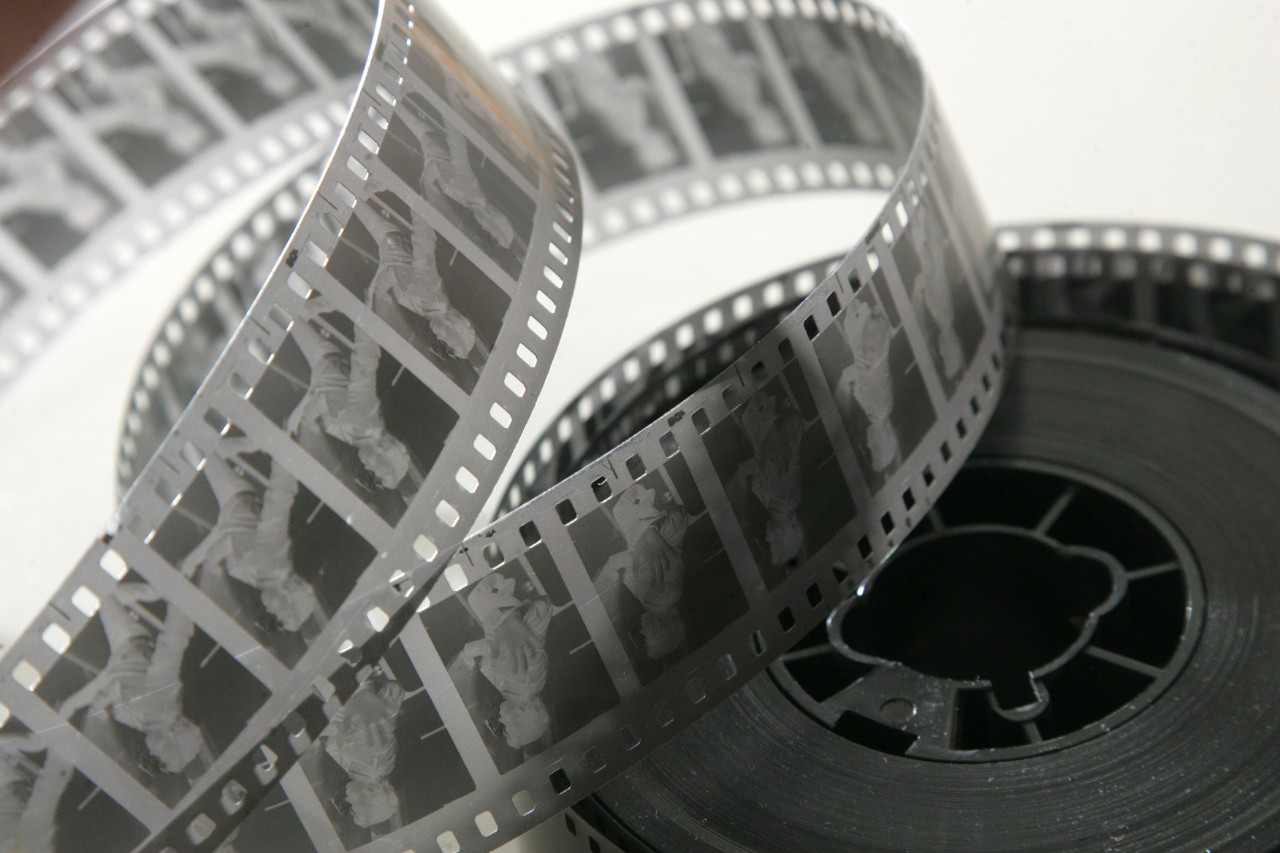Desirée de Jesus is a PhD candidate in Film and Moving Images at Concordia. Her research has received various scholarships, namely the Bourse d’études Hydro-Québec de l’Université Concordia and a SSHRC Doctoral Fellowship. She is currently producing a series of video essays about girls in popular culture and video walkthroughs of games featuring playable female characters.
Blog post
Film studies matter. Here's why.

“It’s just entertainment, it’s not like you’re curing cancer.”
“Oh cool! Do you watch movies all day?”
“People go to school for that?”
Ever since I began graduate school I have encountered questions about what film and moving image research is and its value for society. Surprisingly, it is often assumed that I want to work in Hollywood, after completing my degree, and make movies. But when I explain the difference between film production and research, people are often puzzled about what research actually accomplishes. To be sure, facing questions from acquaintances and family about the work one “does” as a doctoral student isn’t unique to me: just ask around. However, for many of us working in the Fine Arts and Humanities, explaining what we “do” often translates to demonstrating how our work will a) make us enough money to stay above the poverty line or b) save the world.
Broadly speaking, film and moving image research includes textual analysis, and the exploration of fandom, circulation, exhibition, preservation, production and reception practices from varying cultural, historical, political and technological approaches. In other words, depending on the research project, it concerns what film and moving images mean, how cultures form around them, as well as, how they’re distributed, shown, collected, maintained, made and viewed.
Film Research as Personal Enrichment
I came to film research as a child, without even knowing that what I was doing had a name. Summertime visits with an aunt who loved classical Hollywood films inevitably turned into movie marathons and conversations about objects placed in the background, the way lighting looked in scenes or how camera angles conveyed different meanings. We relished the melodramas of Douglas Sirk and films featuring leading ladies of yesteryear like Barbara Stanwyck, Rita Hayworth and Dorothy Dandridge. We watched images and narratives about people whose lives were filled with conflicts that were both acutely specific and contextually transcendent. Later I was also introduced to the films of Stanley Kubrick (I’m pretty sure I saw his 1987 film Full Metal Jacket before the age of eleven, but that’s another blog post for another day.), which only fueled my contemplation of what narrative films said about what it meant to be human.
Even as a child, I understood that these images had the power to capture imaginations and shape the ways that people saw each other and themselves: film was magic. It could simultaneously entertain, educate, mesmerize and transport its viewers through its filmic properties. I marveled at the longevity of film, its ability to extend beyond its historical moment and the people involved in its creation. I also wondered how a film could mean different things to different people or reveal something new during repeat viewings. In addition, since one of the things I enjoyed most was spending time in the library (yes, I was one of those children), reading books about movies and their directors quickly became a welcome complement to my film viewing and discussions. In this sense, research can enrich our understanding and enjoyment of film and moving images.
Film Research as Cultural Engagement
I was once told that narrative and documentary cinema are society talking to itself, about itself. If this is the case, and I believe it is, then film and moving image research looks closely at those conversations and the ways in which they shape and reflect how we experience the world. As I often tell my students when they’re preparing to write a film paper, doing research is a little like listening to a conversation and getting the “lay of the land” before jumping in with one’s own ideas. If we’re good listeners (researchers), we should be able to identify what’s at stake in a particular conversation, and determine what else needs to be considered. In this way, film and moving image research enriches and extends conversations about what is happening within our culture.
Film Research as Activism
In the years since, as my research strategies and love for film have developed, I’ve discovered that film and moving image research can be revolutionary and transformative. Whether it’s tracing the development of Cuban cinema clubs from the 1950s through the 1960s, examining corporate films that document resource extraction in Canada, or analyzing how spatial metaphors in recent coming-of-age films visualize precarious female development, film and moving image research unlocks key connections between image-making and national identity.
Consider, also, the importance of research that draws attention to film and moving images by and about historically marginalized people. By amplifying their stories and experiences, this research humanizes those who have been dehumanized and can point to unequal power relations underlying modes of representation, production and circulation in Western cinema. In so doing, it can create knowledge that empowers and mobilizes people to create meaningful change in the world.
Now, to be fair, it’s a good idea to think carefully about ways to support oneself and how one might add value to the lives of others. The problem is when this line of questioning narrowly defines and monetizes the impact of research. So, even though film and moving image research can’t transform cancerous cells into healthy ones, it can help to transform the ways that we see each other, the world, and ourselves. And this act, in and of itself, is one that can create far-reaching and lasting change that makes the world a better place.
About the author



